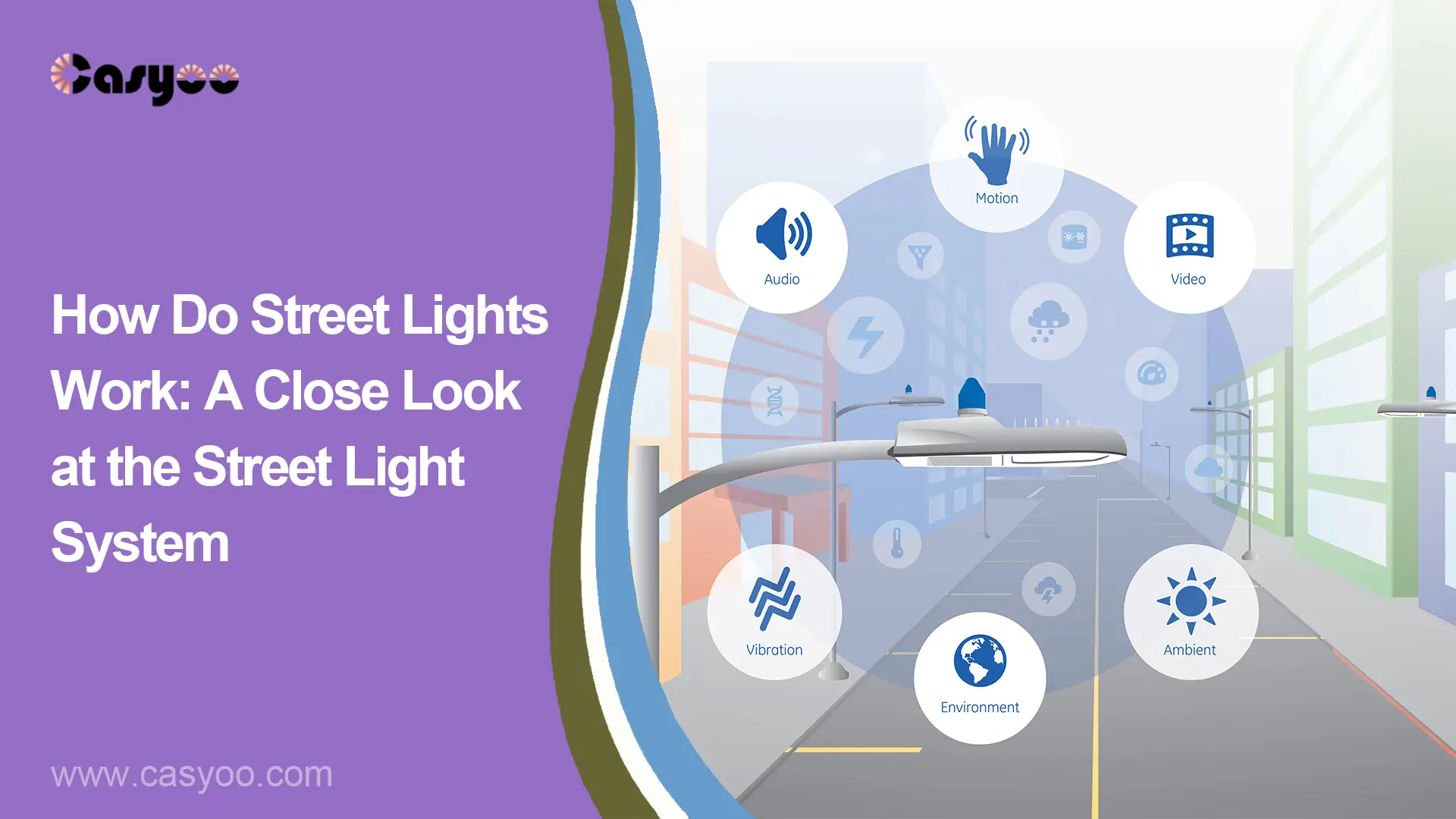Most street lights stay on all night to ensure the safety of the residents. In some countries, the government will dim the light in the midnight when there are few cars or pedestrians. If you wake up early one day, you may witness street lights close around sunrise. Then how do street lights work to turn on or off automatically? Read the following passage about the control system and electrical features of street lights to get the answer!
How are street lights controlled?
Street lights have the following four control methods:
Timing control: LED street lights can turn on and off automatically through a preset schedule. Timing control usually requires timers or a centralized control system.
Remote control: Remote control devices such as mobile phone application-based controllers can switch the street lights on or off at a distance.
Light control sensor: Light control sensors can sense the surrounding ambient light intensity, thereby automatically controlling the switch.
Network control: Some advanced LED street lights can connect to the network to achieve centralized management and monitoring.
Usually, street lights work with two of the above control methods: light control sensing and timing control. The light control sensor adjusts LED street light brightness in response to surrounding light intensity, effectively saving energy. The cylindrical component on top of the street lamp shade is likely the light control sensor. This design enhances the sensor’s ability to receive light signals.
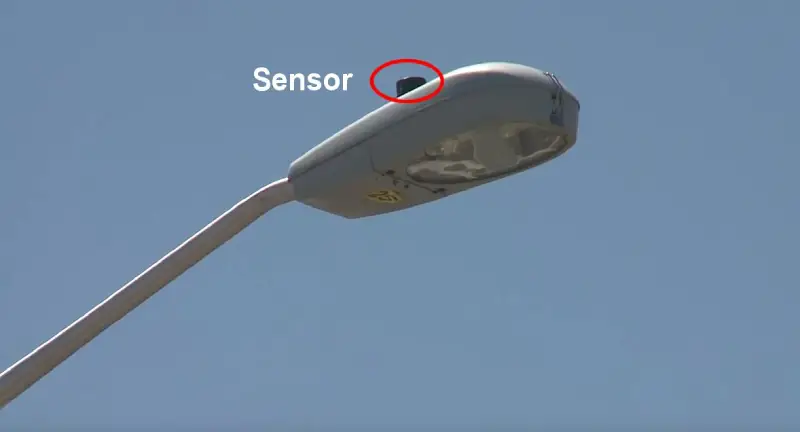
Timing control follows preset schedules for switching street lights on and off accurately within specific time periods. However, sensor control offers greater flexibility and intelligence. Many street lights still use timing control because the sensing technology will increase costs and is hard to implement in old street light systems. Besides, some areas need to turn on the lights within a specific time period, so they keep the timing control system. In the future, light-controlled sensors will become increasingly popular.
What voltage do street lights use?
In the United States and Canada, the standard voltage for street lights is typically 120V, whereas in most parts of Europe, it ranges from 220V to 240V. Public grid-provided AC power is commonly used for street lights, with voltage regulators to achieve the appropriate range. You can find street lights that can work in these voltage in Casyoo!
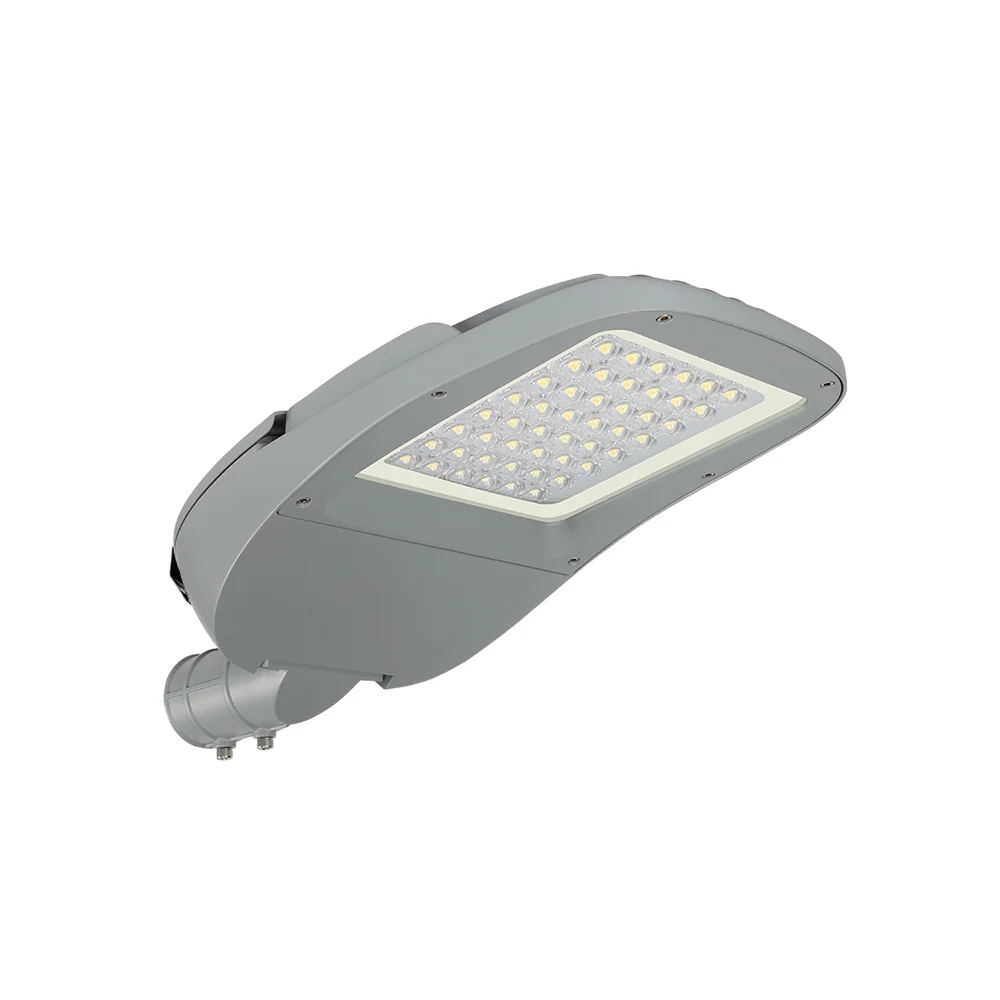
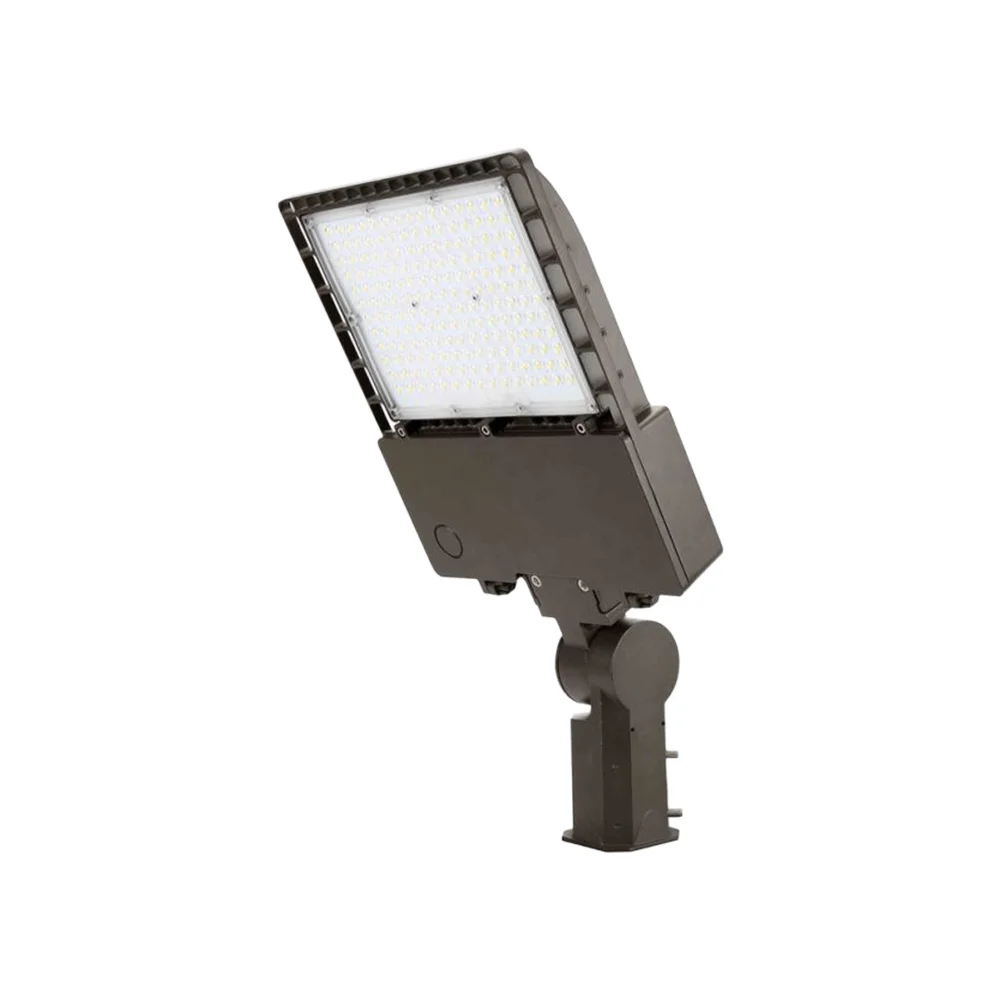
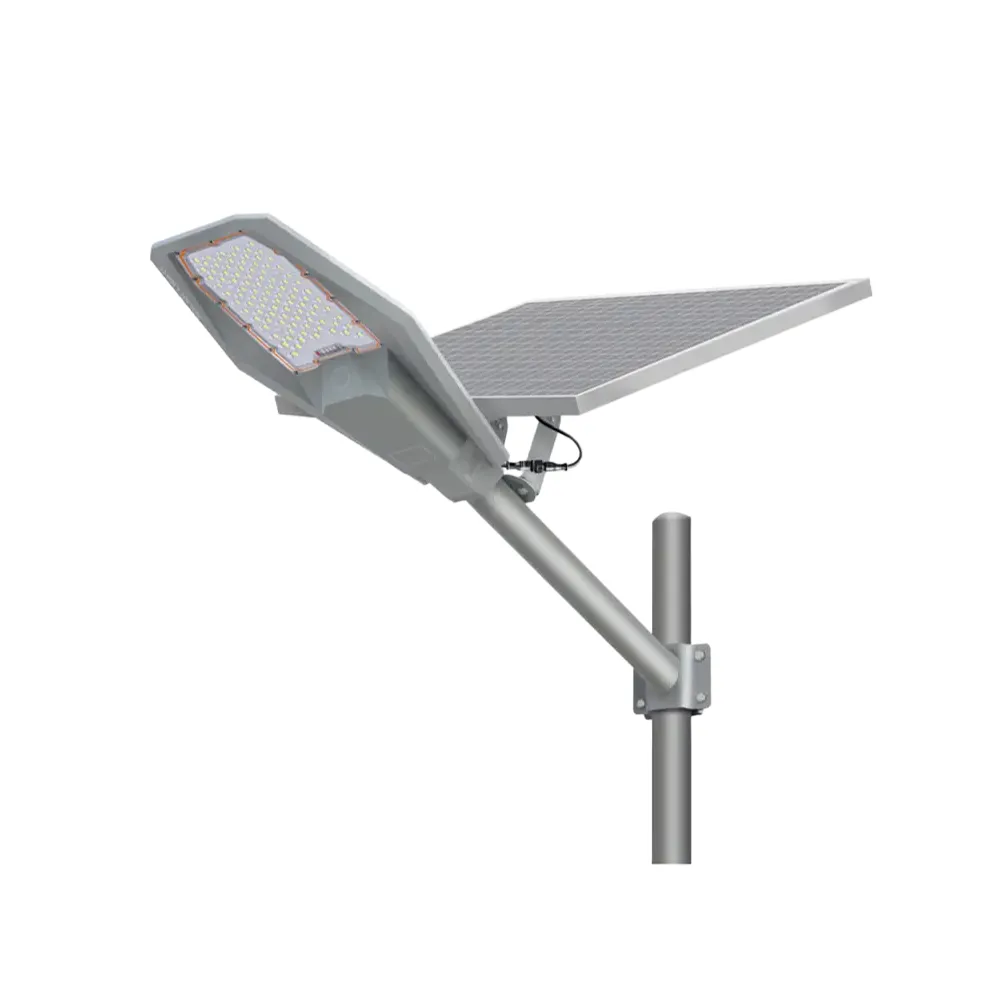
How many amps do street lights use?
The current of street lights is generally between 0.1 amp (100 mA) and 1 amp, depending on the power and type of the light source. Compared with household appliances, street lights generally have smaller power and higher voltage, so the current is smaller than that of household appliances.
Are street lights wired in series or parallel?
These lights are typically wired in parallel. In this way, it ensures that each LED street light receives the same voltage and that the failure of one light does not affect others. The LED street light circuit includes power input, voltage regulator, drive circuit, light source, controller and sensor, heat dissipation device, etc.
How are street lights wired up?
Street light wiring includes the following steps:
Arranging the location of street lights: Determining the location of LED street lights based on lighting needs and road planning.
Laying conduits: Laying electrical conduits from the power supply network to the light locations.
Connecting the circuit: Connecting the LED street light circuit to the conduit once finishing the conduit laying.
Performing joint debugging: Ensuring proper functionality by performing joint debugging.
Conclusions
In this passage, we have explained the internal and external systems of street lights, focusing on the control system. Sensors or timers allow street lights to turn on and off automatically. They are powered by the utility grid, typically using 120 volts in America and 220 to 240 volts in Europe, with a current ranging from 0.1 to 1 amp. Street lights work in parallel, and the wiring process may involve cable laying, circuit connection, and joint debugging. We hope that this passage helps you have a comprehensive understanding of the street light system. You can also get more information from our sales at a second!
